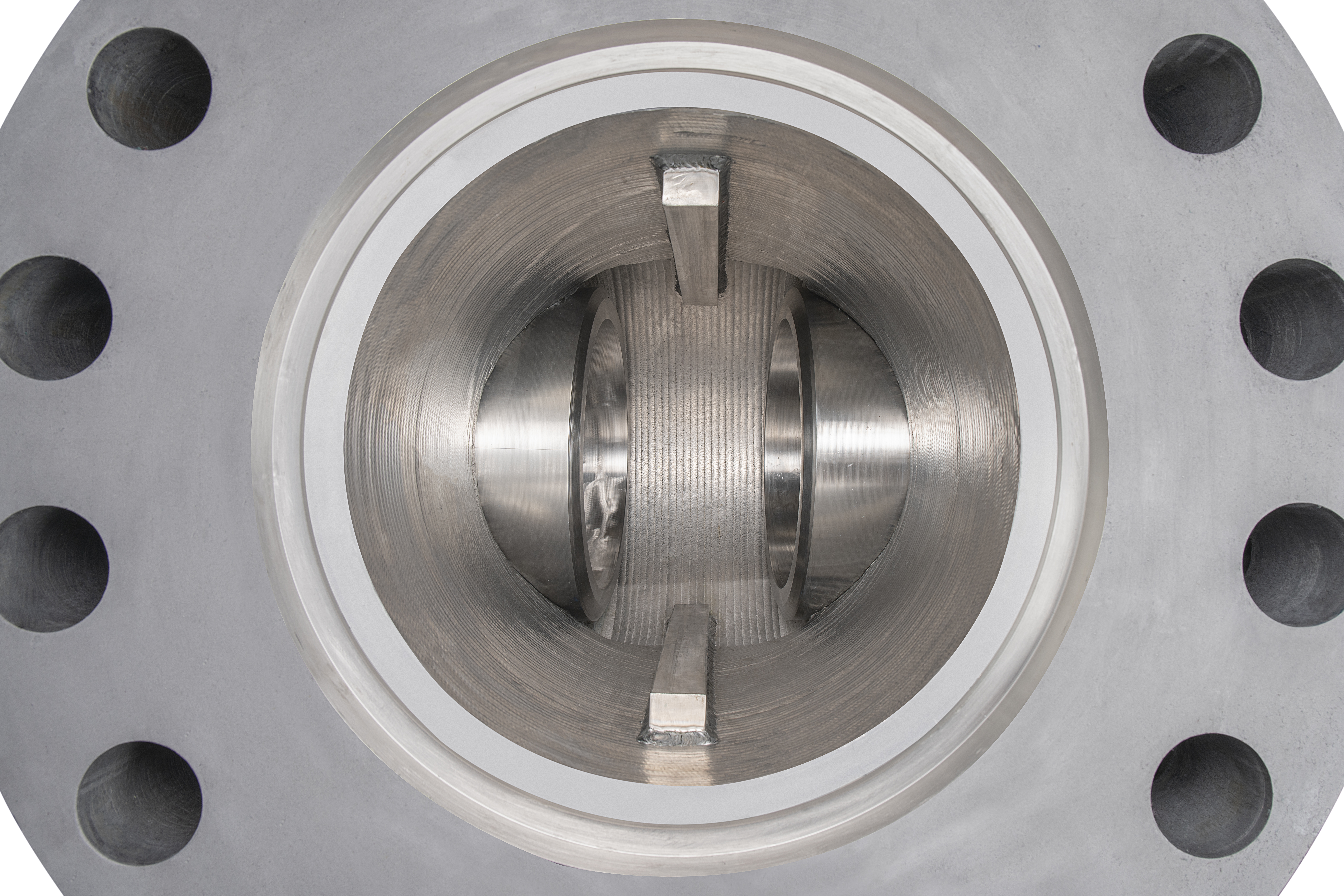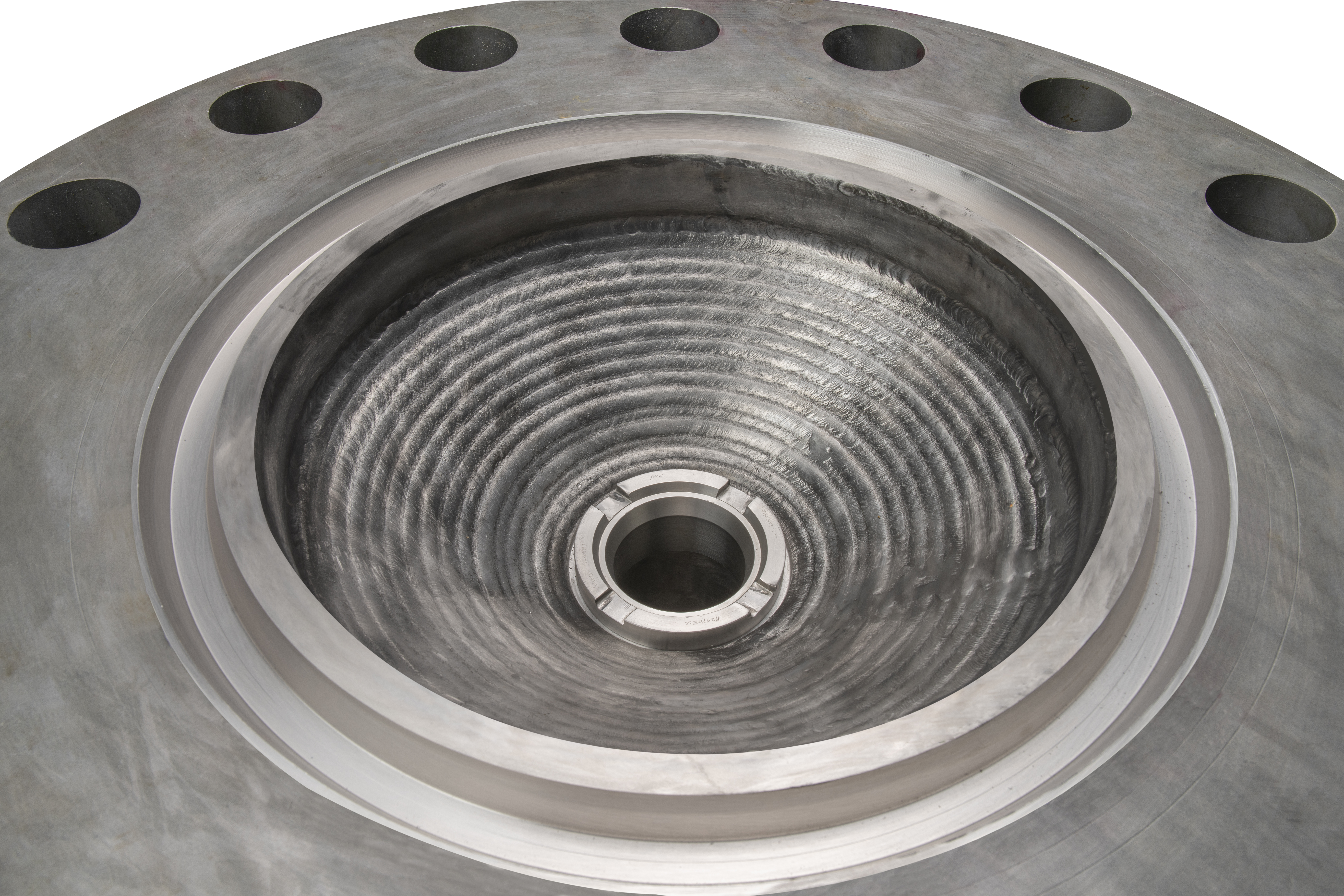L&T Group Websites
- Corporate
- Corporate – Arabic
- GreenTech
- Heavy Engineering
- Hydrocarbon
- LTIMindtree
- L&T Construction
- L&T Construction & Mining Machinery
- L&T Finance
- L&T Howden
- L&T Hydraulics
- L&T Infrastructure Development Projects Limited
- L&T Infrastructure Finance Company Limited
- L&T Institute of Project Management
- L&T Technology Services
- L&T Kuwait Construction
- L&T MBDA Missile Systems Limited
- L&T Metro Rail (Hyderabad) Limited
- L&T-MHI Power Boilers
- L&T-MHI Power Turbine Generators
- L&T Realty
- L&T-Sargent & Lundy Limited
- L&T Special Steels and Heavy Forgings
- L&T-SuFin
- L&T Valves Limited
- Nabha Power Limited
- Power
- L&T Public Charitable Trust
- Rubber Processing Machinery
- Shipbuilding
- L&T Skill Trainers Academy
Cladded Valves
- Pictures
Many critical applications in the oil & gas industry require Corrosion-Resistant Alloy Valves. Milton Danny, Head - Product Management presents Cladded Valves as a cost-effective alternative.
The oil & gas industry faces challenges in exploration and production with many new fields offering harsh service conditions. The line fluids are highly corrosive and include crude with high H2S content and sea water. The applications require valves in corrosion-resistant alloys (CRA) capable of handling Stress Cracking Corrosion, Hydrogen Embrittlement, Intra-Granular Corrosion and Sour Gas Cracking.
This has resulted in process engineers specifying valves in CRA ranging from Super Austenitic Stainless Steels such as UNS S31254 (A351 Gr.CK3MCuN) which contain at least 6% Molybdenum and PREN of 40% to Super Duplex Stainless Steels such as UNS S32750/ UNS S32760 (ASTM A995 Gr 5A/6A) and Nickel Alloys such as UNS N08825 and UNS N06625 (ASTM A494 Gr.Cu5MCuC/ CW6MC). The factors that play a role in the selection of these grades are the Fluid Composition, Environmental Conditions, Expected Service Period, Probability and Cost of failure.
In view of the increasing share of corrosion-resistant materials inflating project costs, industry experts have developed overlay of CRA materials on a component of standard metallurgy as an effective alternative to the use of a solid CRA component. The cladding process involves the deposition of a thin layer of CRA material such as Stainless Steel or Inconel on a Carbon Steel base creating a composite structure that achieves the twin objectives of low cost and higher corrosion resistance. Global oil majors such as ADNOC, Kuwait Oil Company (KOC), Saudi Aramco, Shell, etc, have embraced the concept of cladding valves, pipes and fittings for their projects.
The process of cladding creates a perfect fusion between two layers without any dilution of the overlay material. A minimum thickness of 3.0 mm, achieved in at least two layers of overlay, is targeted. The industry uses various processes to achieve cladding, however, considering the durability required across a range of high pressures and temperatures, weld deposition has emerged as the preferred mode of cladding for valves.
Automatic welding machines are used to maintain consistency of the beads across the entire overlay area and to avoid cracking. The pre-welding conditions of the base material, the variables to be maintained during welding as well as the chemical and physical condition of the final welded surface are specified by the end-users. Stringent checks and in-process inspections guarantee the integrity of welds and ensure that the corrosive line fluid doesn’t come in contact with the base material.
Cladded Valves from L&T Valves
For Valves, cladding is applied on the flow bore areas and flanged ends of Gate Valves, Check Valves, Trunnion-mounted Ball Valves and Butterfly Valves. We use Automatic Gas Tungsten Arc Welding (GTAW) machines for consistent overlay. Pre-machining is done to ensure uniform weld deposition, and after welding, post-machining is carried out, if required. We have successfully established the requisite welding procedure qualifications for various base materials and overlay alloys.
L&T Valves has supplied cladded valves to various projects of KOC, Saudi Aramco and Takreer. Cladded Valves offer immense economic benefit to our customers, and we are equipped to offer cladded valves in sizes up to 56” and pressure classes up to 2500.
Please get in touch with me at Milton.danny@Lntvalves.com for more details.




